Occupation Model, actress | Name Margaux Hemingway Role Model | |
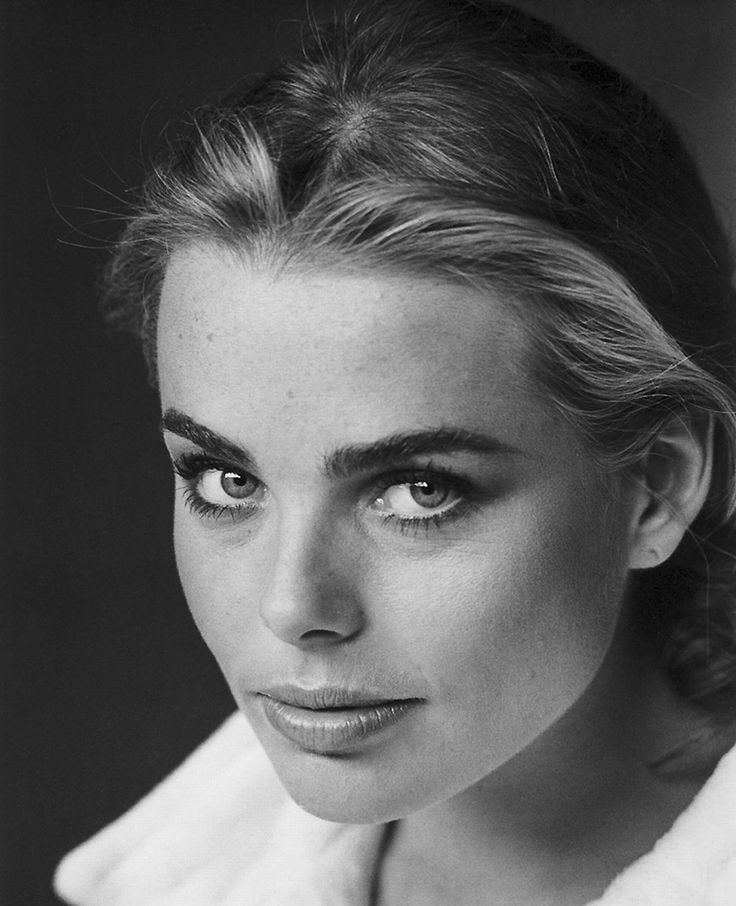 | ||
Full Name Margot Louise Hemingway Cause of death Suicide by drug overdose Spouse(s) Erroll Wetanson (m. 1975–78)Bernard Foucher (m. 1979–87) Nieces Dree Hemingway, Langley Fox Hemingway Similar People Mariel Hemingway, Ernest Hemingway, Jack Hemingway, Joan Hemingway, Dree Hemingway | ||
Margaux hemingway winner take nothing
Margaux Louise Hemingway (February 16, 1954 – July 1, 1996) was an American fashion model and actress. The statuesque Hemingway experienced success as a supermodel in the mid-1970s appearing on the covers of Cosmopolitan, Elle, Harper's Bazaar, Vogue, and TIME. She signed a million-dollar contract for Fabergé as the spokesmodel for Babe perfume. The granddaughter of writer Ernest Hemingway, her later life was marred by highly publicized addiction and depression. She died of suicide by drug overdose in 1996 at the age of 42.
Contents
- Margaux hemingway winner take nothing
- Margaux hemingway lipstick lynx
- Early life
- 19721975 Modeling
- 19761996 Film career
- Personal life
- Death
- Filmography
- References
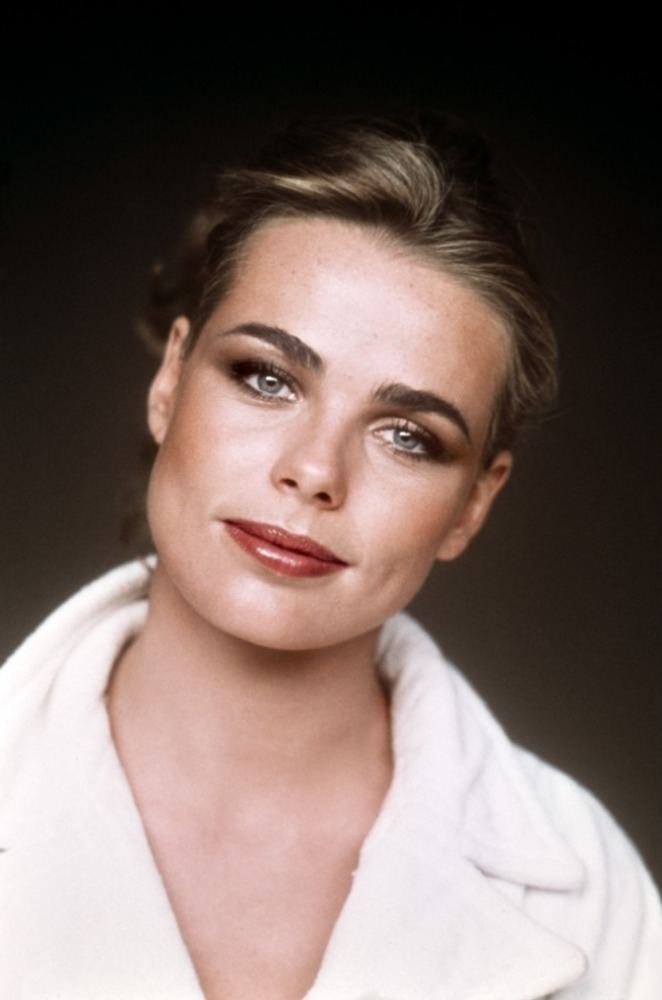
Margaux hemingway lipstick lynx
Early life
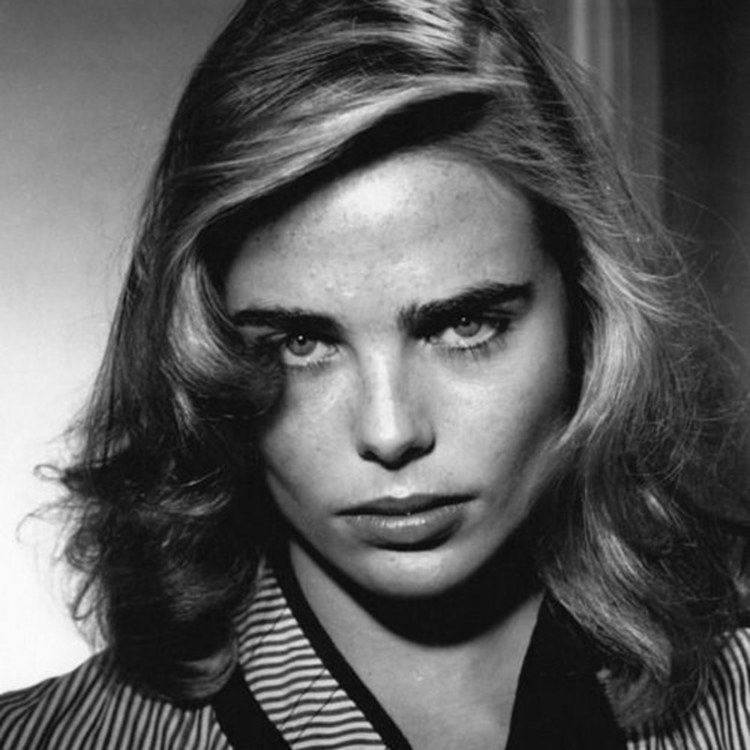
Born Margot Louise Hemingway in Portland, Oregon, she was the older sister of actress Mariel Hemingway and the granddaughter of writer Ernest Hemingway. When she learned that she was named after the wine, Château Margaux, which her parents, Byra Louise (née Whittlesey) and Jack Hemingway (eldest son of Ernest), were drinking the night she was conceived, she changed the original spelling from "Margot" to "Margaux" to match.
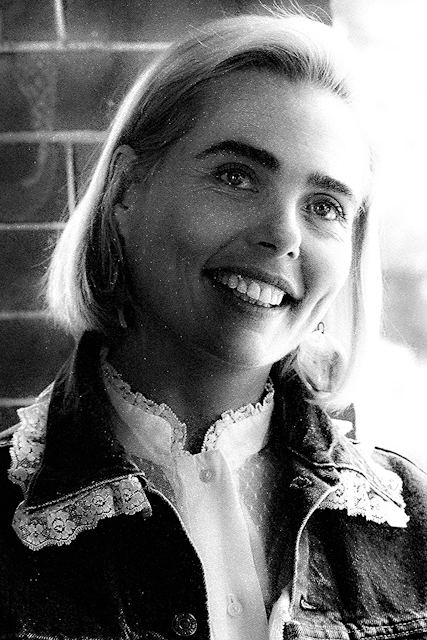
In addition to Mariel, she had another sister, Joan (nicknamed Muffet). During Hemingway's childhood, the family relocated from Oregon to Cuba, where her grandfather had lived, then to San Francisco, and later to Idaho, where they lived on her grandfather's farm in Ketchum. The family would take trips each summer back to stay in Oregon with the daughters' godmother, who had a farm in Salem. Margaux struggled with a variety of disorders beginning in her teenage years, including alcoholism, depression, bulimia, and epilepsy. She allowed a video recording to be made of a therapy session related to her bulimia, and it was broadcast on television. Hemingway also suffered from dyslexia.
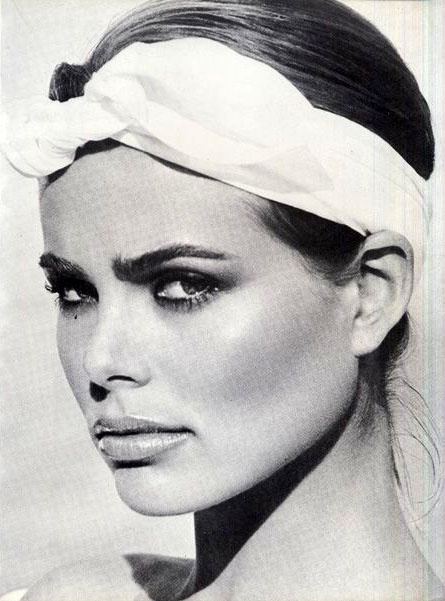
In 2013, her younger sister Mariel revealed in the documentary Running from Crazy that both Margaux and their older sister Muffet had been sexually abused by their father.
1972–1975: Modeling
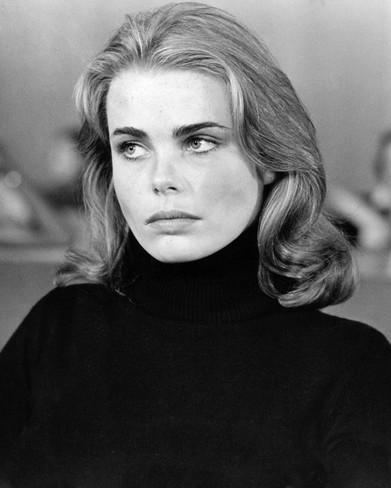
At six feet tall, Hemingway experienced success as a model, including a million-dollar contract for Fabergé as the spokesmodel for Babe perfume in the 1970s. This was the first million-dollar contract ever awarded to a fashion model. She also appeared on the covers of Cosmopolitan, Elle, Harper's Bazaar, and Vogue, as well as on the June 16, 1975, cover of TIME, which dubbed her one of the "new beauties". The September 1, 1975, cover issue of American Vogue called Hemingway "New York's New Supermodel".
In a 1997 E! True Hollywood Story that profiled Hemingway's life, her mentor and close friend Zachary Selig discussed how he helped launch her early career with his initial marketing and public relations work as she became a global celebrity, and he introduced her to yoga and the Solar Kundalini "Codex Relaxatia" paradigm as tools for success and to overcome some of her debilitating mental disorders. Selig and Hemingway spent time with the Hemingway family at their property in Ketchum adjacent to Sun Valley, where they studied Solar Kundalini, yoga, and meditation together. Hemingway continued using these relaxation skills for the rest of her life.
During the height of her modeling career in the mid- to late 1970s, Hemingway was a regular attendee of New York City's exclusive discothèque Studio 54, often in the company of such celebrities as Halston, Bianca Jagger, Liza Minnelli, Grace Jones, and Andy Warhol. At such social mixers, she began to experiment with alcohol and drugs.
1976–1996: Film career
Hemingway made her film debut in the Lamont Johnson-directed rape and revenge film Lipstick (1976), alongside her 14-year-old sister Mariel, and Anne Bancroft. In it, she plays a fashion model who is terrorized by a rapist. The film's violent depiction of rape led it to be labeled an exploitation film, though in later years it had success as a cult film. She followed this with a supporting role in the Italian horror film Killer Fish (1979), opposite Lee Majors and Karen Black. Her following project was the comedy They Call Me Bruce? in 1982.
In 1984, Hemingway had a supporting part in Over the Brooklyn Bridge, opposite Elliott Gould and Shelley Winters. After a skiing accident in 1984, Hemingway gained 75 pounds and became increasingly depressed. In 1987, she checked into the Betty Ford Center. Attempting to make a comeback, she appeared on the cover of Playboy magazine in May 1990, and she asked Playboy to hire Selig as the creative director for her cover story. It was shot in Belize. Despite her attempts, Hemingway's budding film career began to falter, and she took roles in several B-movies, including Killing Machine (1984) and Inner Sanctum (1991). Hemingway continued to support herself by appearing in a small number of direct-to-video films into the 1990s, autographing her nude photos from Playboy magazine, and endorsing a psychic telephone hotline owned by her cousin Adiel Hemingway. Shortly before her death, she was set to host the outdoor adventure series Wild Guide on the Discovery Channel.
Personal life
Hemingway's first marriage, to Errol Wetanson, ended in divorce. They met when, at age 19, she accompanied her father to the Plaza Hotel in New York City on a business trip. Four months later she moved from Idaho to New York City to live with Wetanson as a guest at Selig's apartment at 12 East 72nd Street, which was owned by heiress Gloria Vanderbilt. It was there that Selig made Hemingway's business and social introductions to his friends, such as Marian McEvoy, fashion editor at Women's Wear Daily; photographer Francesco Scavullo; fashion designer Halston; Vogue magazine fashion editor Francis Stein; and Jon Revson, Selig's cousin. Revson, a scion of the Revson family that created Revlon cosmetics, declined Selig's offer for Hemingway to endorse Revlon, whereas later Fabergé signed her on with the largest salary of its day. Revson did come to visit both Selig and Hemingway (with the Hemingway family) in Ketchum, Idaho, to congratulate her after Hemingway's TIME magazine cover appeared in June 1975. Marian McEvoy quickly interviewed Margaux at a party given by Selig, which resulted in Hemingway's Women's Wear Daily front- and back-page story that launched Hemingway into the fashion limelight.
Hemingway then married frenchman Bernard Faucher. They lived in Paris for a year. She divorced him in 1985, after six years.
Hemingway experienced familial dramas throughout her life. Her relationship with her mother, Puck, was fraught with tension, but they did reconcile prior to Puck's death from cancer in 1988. She also experienced intense competition with her younger sister Mariel, who received greater accolades for her acting. In the 1990s, Hemingway went forward with allegations that her godfather had molested her as a child; her father, Jack, and stepmother, Angela, resented the allegations and stopped speaking to her. Angela told People magazine, "Jack and I did not talk to her for two years. She constantly lies. The whole family won't have anything to do with her. She's nothing but an angry woman."
The 2013 television documentary film "Running from Crazy" features Mariel Hemingway, Margaux's sister, discussing the Hemingway family's history of alcoholism, drug addiction, and suicide. It includes excerpts from documentary footage filmed by Margaux Hemingway before her passing.
Death
On July 1, 1996, one day before the 35th anniversary of her grandfather's suicide, Hemingway was found dead in her studio apartment in Santa Monica. Though her body was found reportedly badly decomposed on July 1, the official autopsy and California death records list it as her date of death. She had taken an overdose of phenobarbital, according to the Los Angeles County coroner's toxicology report one month later, though her family had difficulty accepting the fact of her suicide. Mariel Hemingway's husband told People Magazine in 1996 that, "This [year] was the best I'd seen [Margaux] in years. She had gotten herself back together," but in a December 2005 episode of Larry King Live, Mariel said she now accepted Margaux's death as a suicide.
